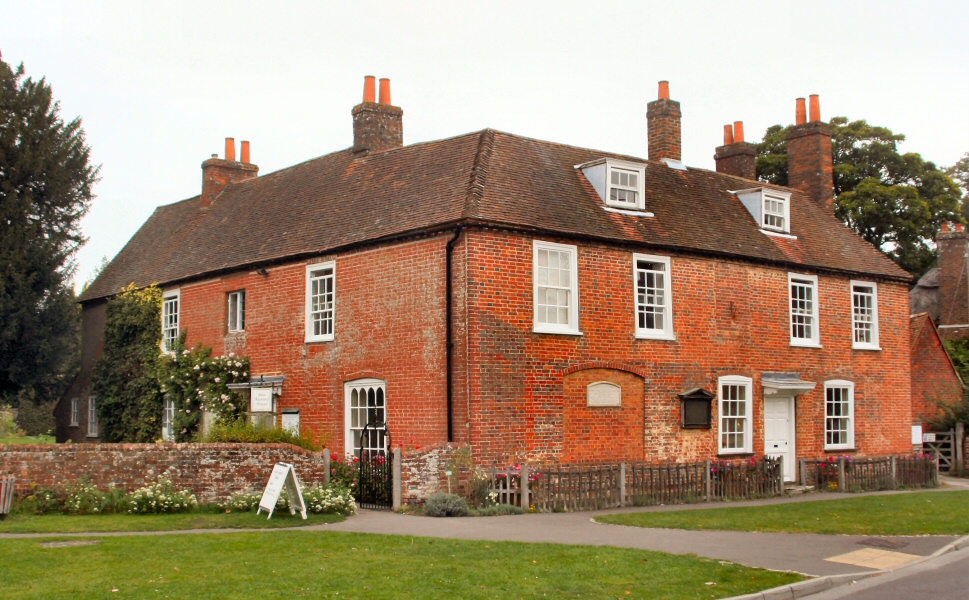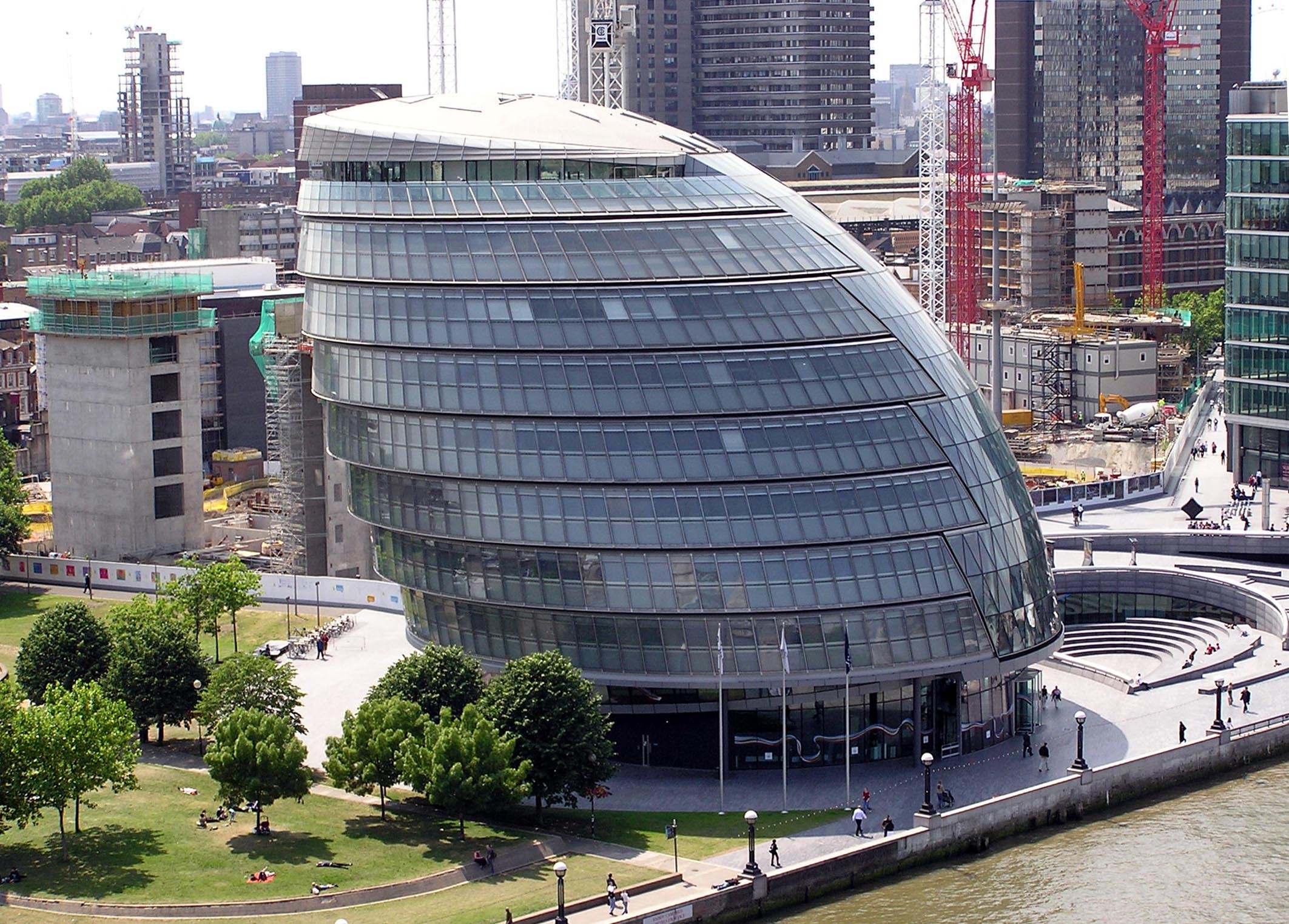I went to the NLGN annual conference today. The star turn came from the Prime Minister in what was the first speech he has made during his premiership to a local government audience. Gordon Brown’s theme was responding to the recession. He emphasised the global nature of the economic crisis and the three key planks of the government’s response:
- The bail out of the banks
- Providing real help to families and businesses
- Working with the banks to increase lending
The Prime Minister highlighted the government’s measures to minimise home repossessions and a new LGA commitment to double the number of apprenticeships in local government from 7,500 to 15,000. He said the government remained committed to devolution despite the downturn and commented on how Local Area Agreements and Multiple Area Agreements are helping councils to promote economic development.
Housing, an issue that the Prime Minister is know to have a keen interest in, featured in the speech. Gordon Brown seemed willing to consider a larger role for councils in helping to increase housing supply and said there would be more announcements on this. For further details see this Guardian article].
He also said that the Government would be looking to the Audit Commission to assess how councils are responding to the recession. This raises the issue in my mind of how effective the Comprehensive Area Assessment model is likely to be in attempting to do this.
The speech was generally more focused on expounding the Government’s response to the financial crisis than really exploring local government’s contribution to mitigating its effects. Barking and Dagenham was the only council that the Prime Minister mentioned in his speech and there was a noticeable lack of local government examples.
If Gordon Brown’s speech was slightly disappointing from the perspective of a local government practitioner, it did rather set the tone for the day. The presentation I found most interesting was made by Victor Adebowale, chief executive of Turning Point. (I’m sure Lord Adebowale would be an excellent speaker at an EMT meeting). He spoke about the 88 most deprived neighbourhoods identified by the Social Exclusion Unit and said they were all places were public services were very active. The issue wasn’t a lack of public service engagement but that for all the money being spent, positive outcomes aren’t being achieved. The recession in so far as it means we are all on a burning platform, he suggested, presents a huge opportunity to get on with things.
Policy guidance and toolkits fall like snow and last as long, Lord Adebowale said. The key he argued is how do we create services that are understood and used? He emphasised the gaps in perception in our ideas as providers of the services we deliver and the people they are aimed at. Enabling people to access services, he argued, remains a key issue.
Lord Adebowale described a Connected Care project which he said had taken much longer to implement than was necessary because of public sector organisations’ fear of change and unwillingness to put the community at the heart of their thinking. Councils, he suggested, need to become transformational leaders, capable of making effective partnership with whomever they need to. The biggest demand of local government, he concluded, isn’t the recession; its quality leadership.
During the Q&A, Lord Adebowale said that he believed people are motivated primarily by seeing changes implemented, outcomes on the ground. This was a theme picked up latter in an interesting session on community-led projects taking place in Islington where the LSP has a partnering arrangement with Groundwork. The key message was that participation needs to be for a purpose.
Victor Adebowale’s presentation was followed by a discussion on innovation. Sophia Parker a consultant working with Innovation Catalyst on a number of projects with Kent County Council suggested that local government commissions and designs imaginative initiatives but, unlike the private sector, too often stops at the point of implementation.
Perhaps there’s a danger in seeing innovation too much as something separate and complicated. Having new ideas is a human trait after all and all of us at work and at home have ideas on how we can do things differently. The key is giving scope for people to develop and share their ideas. South Tyneside’s Deputy Chief Executive, Keith Harcus, described his authority’s ‘innovation days’ where they encourage creative thinking and then allocate Area Based Grant money to take the initiatives identified forward.
The conference ended with an interview with Hazel Blears followed by questions and answers. She also suggested that the recession offers an opportunity for councils to do more innovative things and suggested that the CAA and LAA frameworks mean that councils enjoy the freedoms and flexibilities they need to do this.
The best way to make sure that things get done, the Secretary of State went on to say, is to make it a key line of enquiry in the CAA. She quoted a couple of KLOE from the use of resources block. Her argument would be that the CAA is now more focused on outcomes and so that while it may still be about ensuring compliance, that compliance is with the delivery of outcomes rather than processes. But I think there remains a tension between the CAA regime and the kind of ‘transformational leadership’ that Lord Adebowale was calling for.











